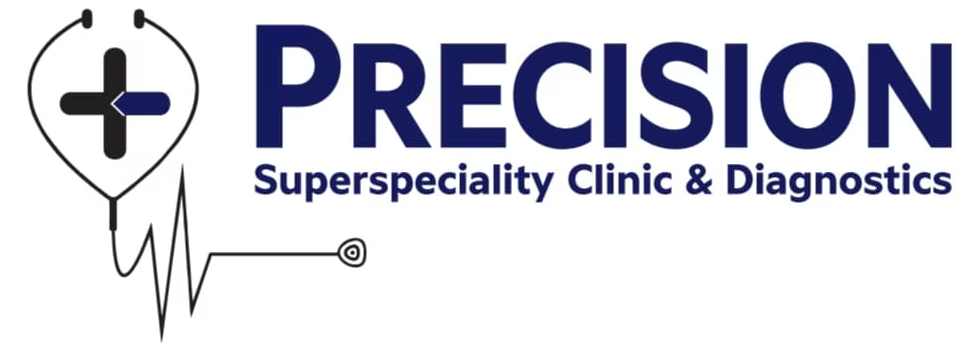ECG
An ECG, or electrocardiogram, is a test that measures the electrical activity of the heart. It records the heart's rhythm and can help diagnose various heart conditions. How Does an ECG Work? During an ECG, electrodes are attached to the skin on the chest, arms, and legs. These electrodes detect the electrical signals produced by the heart and transmit them to a machine that records the data. What is an ECG Used For? An ECG is used to: - Diagnose heart conditions: such as arrhythmias, coronary artery disease, and cardiac arrest - Monitor heart health: in patients with known heart conditions - Evaluate heart function: before surgery or other medical procedures Benefits of ECG - Quick and painless: ECGs are a fast and non-invasive way to evaluate heart function - Accurate diagnosis: ECGs provide valuable information about heart rhythm and can help diagnose various heart conditions - Monitoring heart health: ECGs can help track changes in heart function over time What to Expect During an ECG - Preparation: you may be asked to remove clothing and jewelry that may interfere with the test - Test procedure: electrodes will be attached to your skin, and the machine will record the heart's electrical activity - Duration: the test typically takes a few minutes Frequently Asked Questions - Is an ECG safe?: yes, ECGs are safe and non-invasive - Do I need to prepare for the test?: you may be asked to avoid certain activities or medications before the test - Will I feel any pain during the test?: no, ECGs are painless tests Types of ECG - Resting ECG: measures the heart's electrical activity while at rest - Stress ECG: measures the heart's electrical activity during physical activity - Holter monitoring: measures the heart's electrical activity over a longer period, typically 24-48 hours

